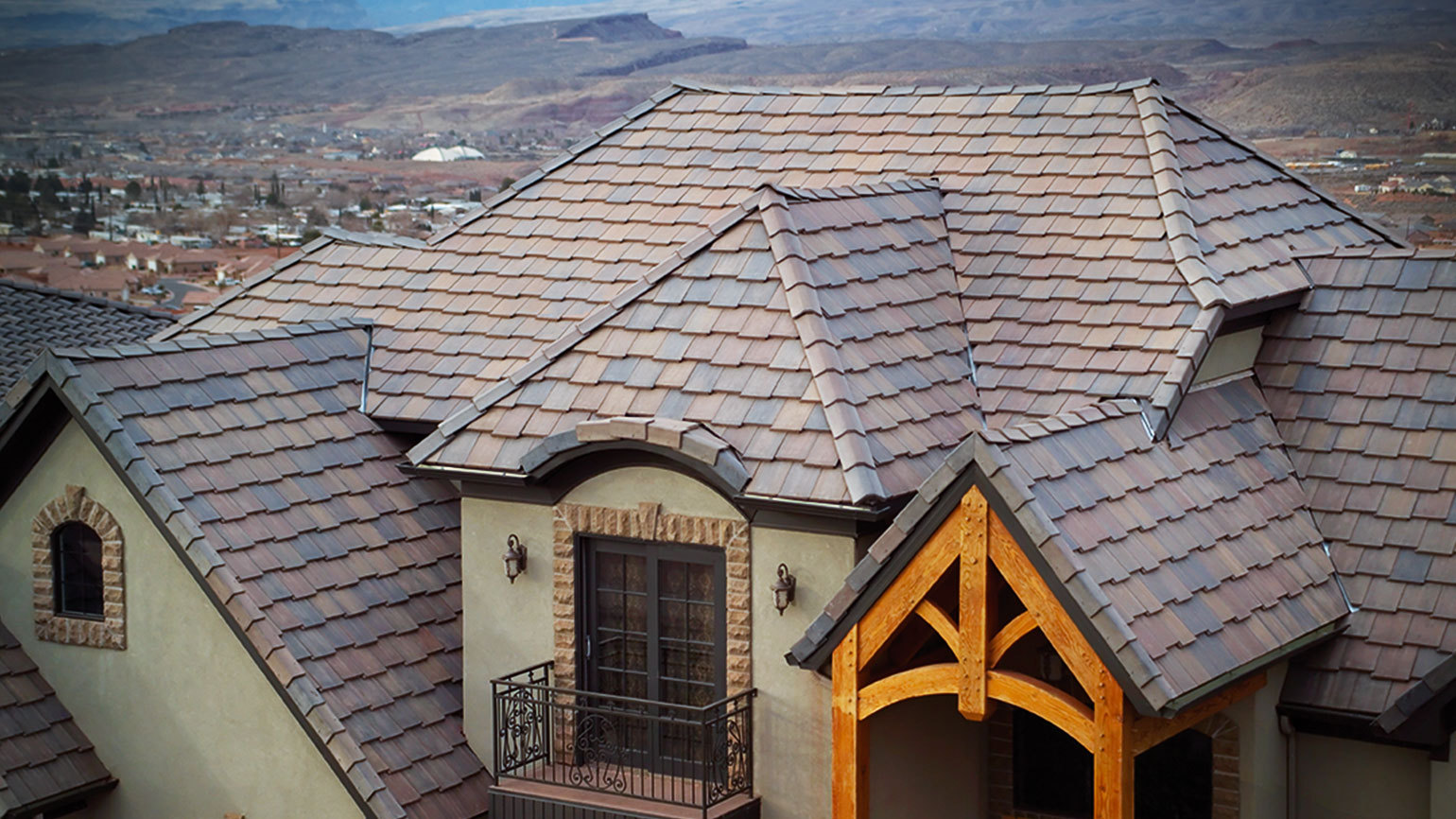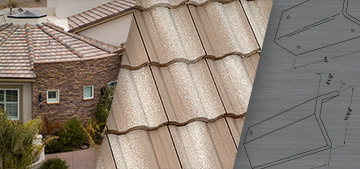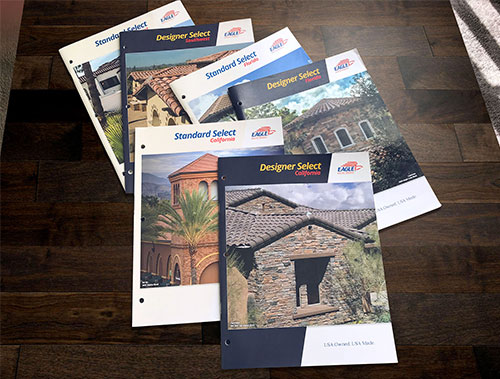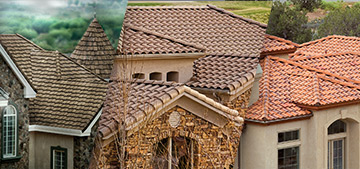If you’re in need of a new roof, whether it be for a new home or existing one, and are considering having solar panels installed, look no further for a complementing roofing material than concrete roof tiles.
Not only are they durable, sustainable and aesthetically stunning, but concrete roof tiles are also inherently energy efficient. In fact, concrete tile roofs can cut the transfer of heat into the attic by up to 50 percent when compared to other roofing materials. Plus, their inherent reflective properties permit the reflection of sunlight, which releases the heat instead of absorbing it and transferring it from the roof deck and into the structure. This can contribute to limited HVAC usage inside the home, reducing energy costs and the overall attic temperature, extending the life of the roof. Plus, with the addition of solar panels, you will receive a monthly savings of over $100 in utility costs – maximizing the overall energy efficiency and energy cost savings from your roof. This is possible due to the fact that you only pay for electricity when your monthly energy consumption exceeds what can be captured by your solar panels, aside from the initial cost of purchase and installation.
With the average installation costs of solar panels ranging from $11,214 to $14,406 after tax credits, it’s apparent that they are a long-term investment that you’ll want to maximize. Most solar panels come with 20-year warranties that guarantee they will produce at least 80 percent of the rated power after 20 years of use. So the roofing material beneath them will need to last just as long, if not longer. This is no problem for concrete roof tiles. According to a study performed by the National Association of Home Builders (NAHB), a trade association that helps promote and represent the policies of the U.S. housing industry, concrete tile, such as those manufactured by Eagle Roofing Products, possess a lifespan of 75 years. When installed properly, concrete tile roofs can also withstand the harshest of elements including wind gusts of up to 180mph, damage from hail stones up to 2”, exceed freeze/thaw climate requirements and are fire resistant.
Other roofing materials like asphalt shingles, however, can prematurely dry out, lose granules, crack, and deteriorate. This can lead to roof leaks and water damage within the underlying layers of the roof all within 10 to 15 years of its supposed 30-year lifespan. That means, if you pair a more temporary roofing material, such as asphalt shingles, with solar panels, you will more than likely have to do an entire roof replacement before your solar panels have even reached their intended lifespan.
So, select a roofing material that will maximize your energy cost savings, reduce your carbon footprint and increase the lifespan of your solar investment and choose concrete roof tiles.
For more information on Eagle Roofing Products’ concrete roof tiles, visit www.eagleroofing.com.




